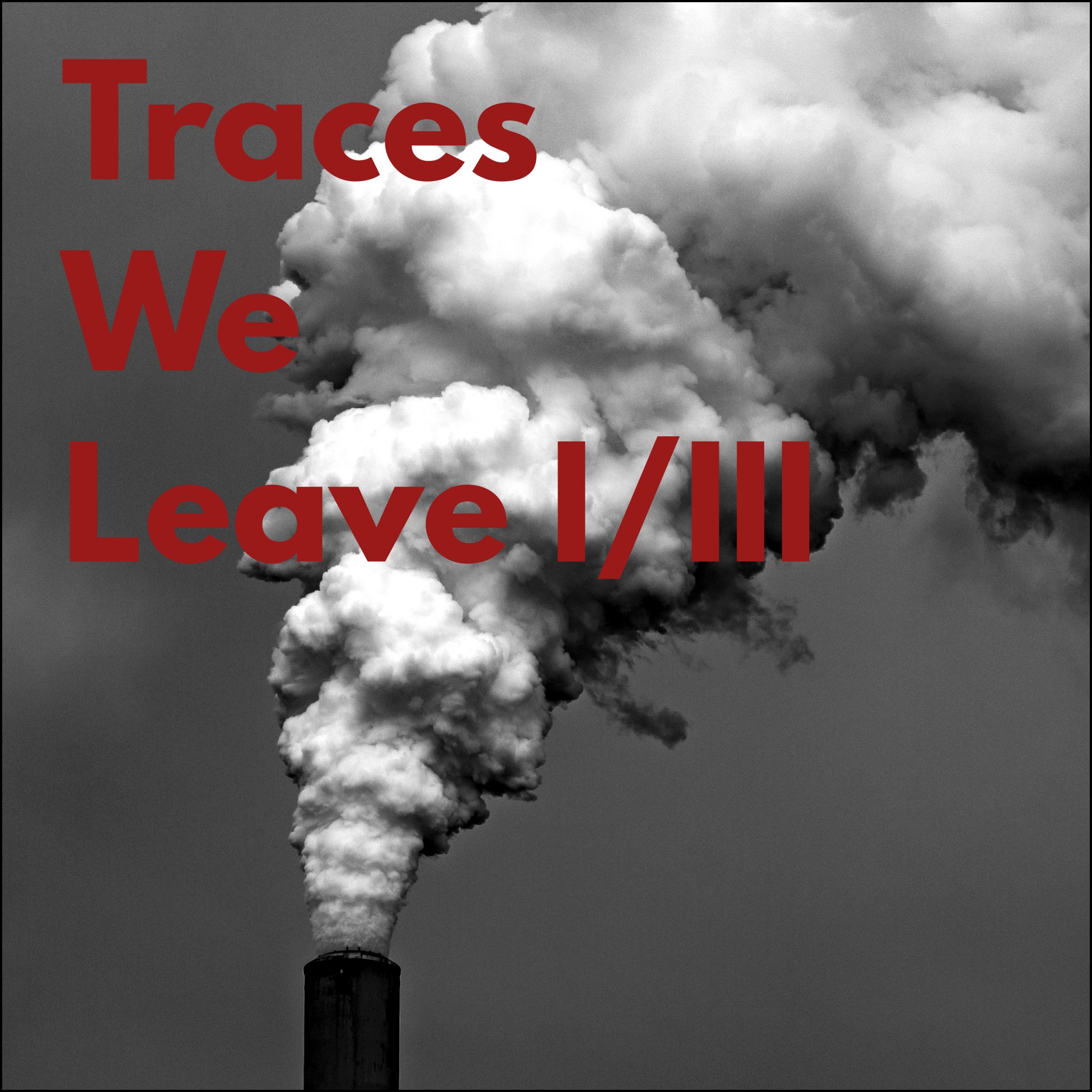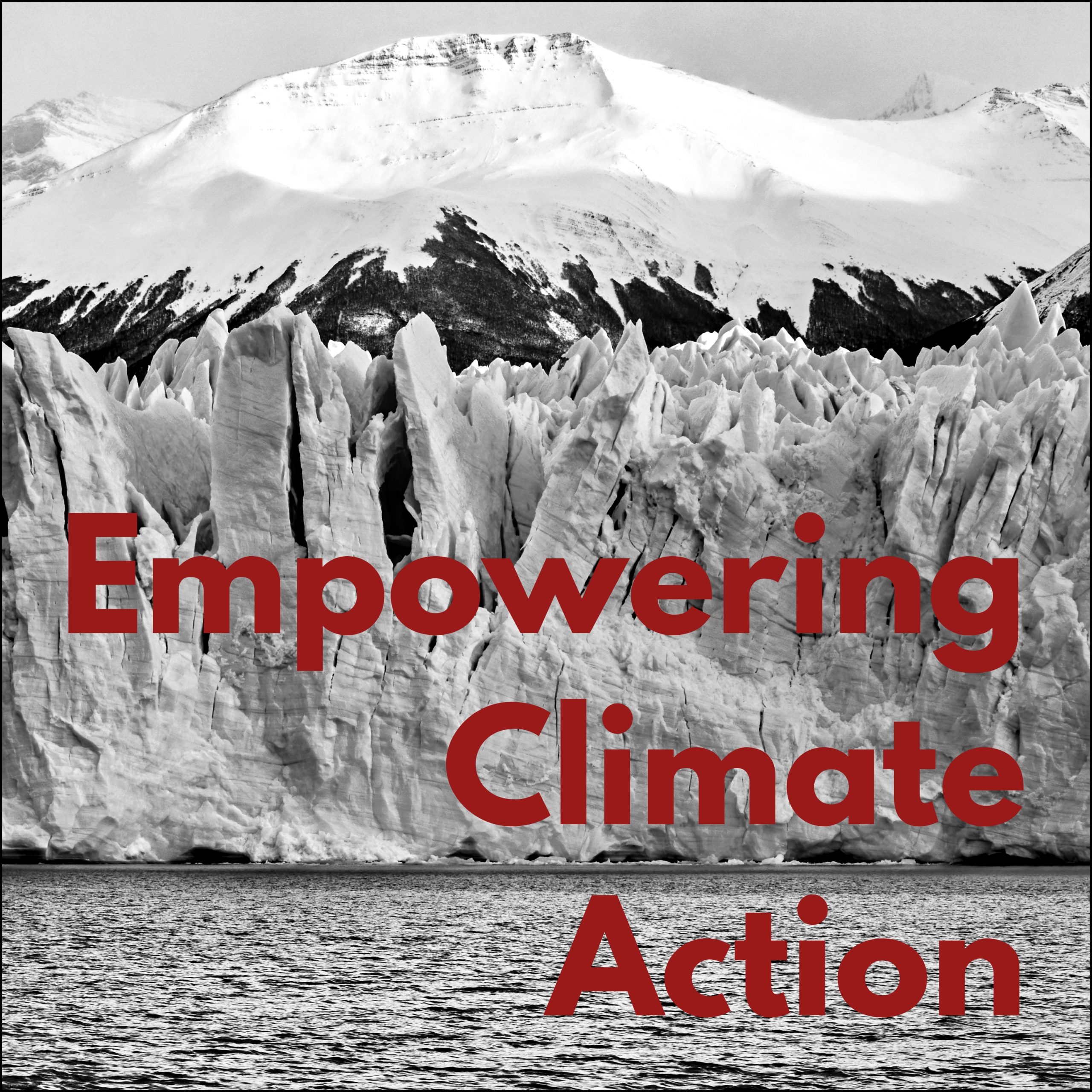Up to one million species face the risk of extinction, with many species potentially disappearing within the next few decades. A study on 700 terrestrial and freshwater species in the United Kingdom revealed that 41% of the species have declined in average abundance since 1970. These alarming trends underscore the critical importance of animal conservation in preserving the balance of our ecosystems.
At Broadpeak, we collaborate with industry experts, impact-driven investors, and academic institutions to address urgent global challanges. Through our articles and trilogies, we aim to share the insights we have gained from these projects with our network. Explore all of our published articles and trilogies in the blog section of our website.
On the brink
Every species within our biodiversity plays a role, whether in preserving our health and well-being, ensuring food security, generating economic growth, preserving our biodiversity, or mitigating climate change. The extinction of any species impacts the stability of the entire ecosystem. A sharp drop in population can result in substantial alterations to ecosystem structures. Aurélie Stamm, Senior Manager for Biodiversity & Business at WWF Switzerland, explained, “The greater the genetic diversity, the better species can adapt to change and diverse habitats. A diverse array of species within ecosystems enhances their resilience, enabling them to withstand disturbances and resist invasive species. Therefore, species diversity is essential for ensuring ecosystem stability.”
The 2022 Living Planet Report showed that, on average, species numbers have declined by 69% since 1970. Experts believe that the current rate of species extinction is between 1’000 and 10’000 times higher than the natural extinction rate. This mass extinction, known as the 6th extinction crisis, is the first one caused by a single species – humans. Scientists at the UN Convention on Biological Diversity estimated an extinction rate of up to 150 species per day. This could translate to a loss of up to 10% of species each decade, although the exact numbers remain uncertain. Elizabeth Tamayo Tabares, Senior Analyst at Climate & Company, told us “The number of existing species relies on estimations but we don’t fully know all the species we are losing. It is happening too fast, with insufficient knowledge. This also suggests that we can’t really measure what this loss represents for our resilience and health.”
The complexities in animal conservation
Species loss can occur due to natural factors, such as seasonal changes, natural disasters, and ecological changes. These disturbances are typically temporary, as ecosystems have adapted to such challenges. However, the biodiversity loss driven by human activities is far more severe and enduring. It is estimated that local species richness – the number of distinct species within an ecosystem – has decreased by an average of 14% solely due to human actions.
According to Colman O’Criodain, Head of Policy, Biodiversity Practice at WWF, “The biggest threats to species diversity are the degradation, fragmentation or loss of habitat, overexploitation, and invasive alien species. A large part of the overexploitation is driven by international trade. However, banning trade is not always a solution, as it removes a major economic incentive to conserve habitat. Instead, regulation is needed to ensure the proper chain of custody and legality to ensure sustainability.” Other significant drivers include habitat loss and fragmentation due to the expansion of commercial agriculture, urbanization, and climate change, which especially affect species already on the brink of extinction.
Climate change further accelerates habitat destruction and species loss, leaving little time for adaptation. Climate change also drives natural disturbances, such as increased temperatures, altered precipitation patterns, extreme weather events, sea level rise, and ocean acidification. Juanita Olano Marín, Independent Biodiversity Consultant specified “Today, land/sea use change is the major cause of biodiversity loss; in the near future, climate change could become the main driver of biodiversity decline. While mobile species can relocate, non-mobile species must either adapt or face extinction. Their disappearance disrupts the natural equilibrium and the ecosystems they support. This disruption occurs rapidly, often leaving species insufficient time to respond to the changes.”
Hari Krishna Nibanupudi, former Senior Climate Change and Resilience Adviser at the United Nations, added “The illicit trade and poaching of wildlife are significant factors in species extinction. Even though there are many international laws, there are frequently insufficient funds for efficient enforcement procedures, which results in poor cooperation between national and international authorities. Moreover, one crucial problem is the lack of participation from local communities in the global agenda-setting process. Consequently, numerous international legal frameworks fail to adequately safeguard wildlife against illicit trade and poaching.” A lot of people rely on this for a living, but at the same time, there is often poor management of natural resources and unclear land tiling. Overconsumption also puts huge strains on the environment. Charlie Watson, a Sustainability and Humans Rights practitioner, mentioned “The key challenge in preserving endangered species ultimately stems from our population expansion and our growth system. This places an enormous strain on wildlife and diverse habitats, which are under severe threat from development.”
Ensuring the protection of species
To address data gaps concerning species’ existence and the rate and impacts of their disappearance, technology, and data collection are emerging as crucial tools. The WWF Biodiversity Risk Filter allows corporations and financial institution to visualize their impacts and dependencies on biodiversity and is designed to translate biodiversity data. In addition, the Living Planet Index measures the state of the world’s biological diversity by monitoring population trends of vertebrates across terrestrial, freshwater, and marine habitats. Adopted by the Convention of Biological Diversity (CBD) as an indicator for its 2011-2020 targets, this index is crucial for assessing progress towards post-2020 biodiversity goals. Such indexes and monitoring platforms are essential in understanding the impact and how to best respond to biodiversity loss.
Effective conservation efforts require funding and economic incentives for enforcing regulation. Global frameworks concerning animal regulation need mechanisms for implementation. The Global Biodiversity Framework guides this objective mainly through targets 5, 6, and 9, aiming to halt species extinction, project genetic diversity, and manage human-wildlife conflicts. Moreover, the Convention on International Trade in Endangered Species Wild Fauna and Flora (CITES), seeks to ensure that international trade in wild animals and plant specimens does not jeopardize their survival. The next crucial step is for businesses, organizations, and governments to actively collaborate and adopt these targets. As pointed out by Juliet Blum, Senior Policy Advisor for Sustainable Finance at the Swiss Federal Office for the Environment, “It is critical that businesses view biodiversity loss as a systemic risk and view their contributions to nature conservation as part of a systemic change in the way they do business. Such systemic change requires a holistic approach and a concerted effort by all actors.”
James Strittholt Ph.D., Founder of Conservation Biology Institute, said “We’re going to have to transition from a consumer society to a resilient society and move away from business as usual. It is crucial to have global agreements, but progress comes from acting on them, particularly through education and empowering people.” In conclusion, wildlife conservation involves the preservation and protection of animals, plants, and their habitats. By conserving wildlife, we ensure that future generations can experience, appreciate, and benefit from our natural world. To effectively protect wildlife, it is crucial to understand the interactions of species within their ecosystems and the impacts of both environmental and human influences. Through collaborative efforts, informed policies, and sustainable practices, we can work towards the recovery and preservation of our species.





